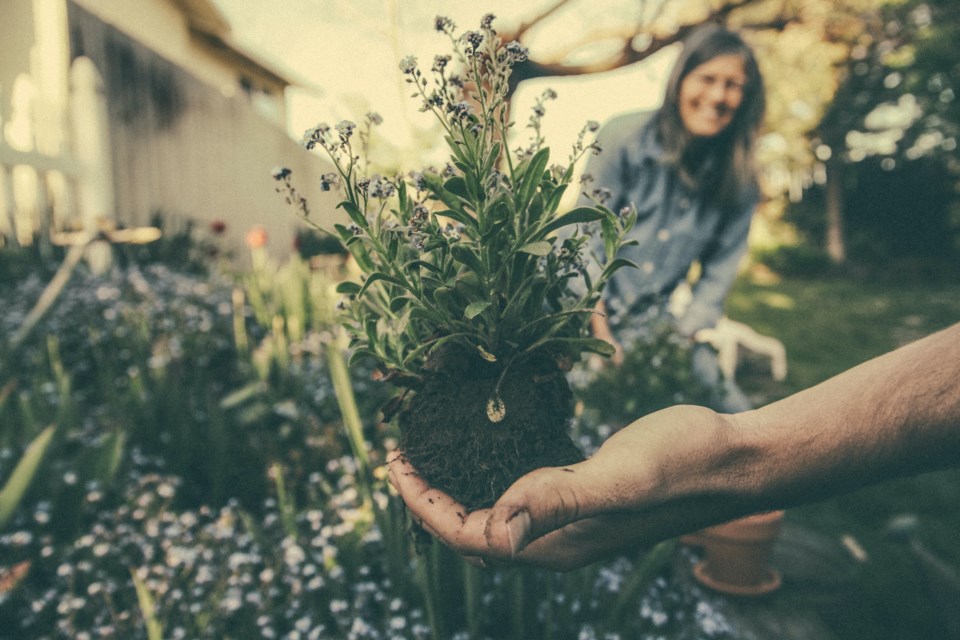The Longmont Leader accepts contributions, photos, and op-eds for publication from community members, business leaders and public officials on local topics. Publication will be at the discretion of the editor and published opinions do not represent the views of The Longmont Leader or its staff. To submit a contribution, email [email protected].
This past August, for the first time ever, the federal government declared a water shortage on the Colorado River. For the better part of two decades now, Colorado has been plagued by drought, and experts don’t expect the conditions to end anytime soon. It’s called aridification — the long-term shift towards a hotter, drier environment, and we need to learn to live with our new reality: there is less water to go around.
It’s time we start adapting to a more arid Colorado, and one way we can do that is by phasing out lawns and transitioning to native landscaping. Grass is the biggest irrigated crop in the United States, making up a large part of state, municipal, and private residential land. The U.S. Environmental Protection Agency estimates that landscape irrigation accounts for 30 to 60 percent of fresh-water use in American cities. By replacing these lawn areas with native plants, we can conserve more water for communities and the environment.
Because native plants evolved to survive in local climate and soil conditions, they require less water to thrive and are more drought-tolerant. Many native plants have deep root systems that efficiently store rainwater and some, once established, require no irrigation at all. That means more water stays in our rivers and is available to the many communities who live along its path to the sea. This will be increasingly important—especially for low-income, minority, and indigenous groups who are disproportionately affected by water Hardship — as water levels continue to dwindle and the population continues to grow.
Native plants will also be increasingly important in our fight against climate change—the most significant environmental threat that we face, and another that disproportionately affects disadvantaged communities. Native plants are more efficient than grass lawns at removing carbon from the atmosphere, meaning replacing lawns with native landscaping not only addresses the symptoms of climate change—like drought and decreased water access—but also attends to the root cause of the issue. Realistic, tangible efforts to address the water and climate crises—like rethinking our landscaping practices—are ultimately the exact type of lifestyle changes we need to make in order to support our communities and sustain our resources long-term.
Strides are already being made in the right direction. In 2013, Colorado Senate Bill (SB) 13-183, the Water Conservation Bill, made it so that homeowner associations must allow residents to use xeriscape landscaping if they so choose. The city of Longmont offers irrigation equipment rebates, maintains a suggested voluntary waterwise watering schedule on its website and has partnered with Resource Central — a nonprofit that offers resources on water conservation and sustainable landscaping.
However, more could still be done. The city and state could prioritize the use of native, drought-tolerant plants on their properties, saving water and other resources as well as the tax money that pays for them. Some Colorado cities — including Aurora, Thornton, and Fort Collins — are also offering rebates to citizens who remove their grass in favor of more sustainable alternatives.
But while we should all be pushing for sustainable water and landscaping policies, that doesn’t mean we need to wait to start making waterwise choices for ourselves, our environment, and our communities. Is this fall the perfect time to start planning next year’s native landscaping project? The dry voice of the Colorado River — and the many who depend on it — say yes.
Ashley Meadows


